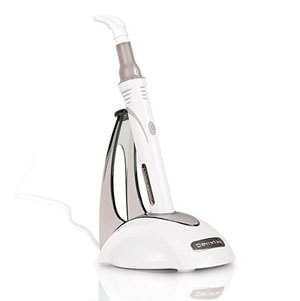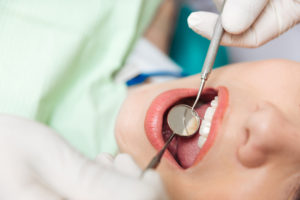Socket regeneration is a specialized type of bone grafting procedure. It is often done following a tooth extraction. After an extraction, some of the bone in the socket dissolves. This also happens in traumatic injuries that result in tooth loss, gum disease, and sometimes as the result of oral tumors. Socket regeneration is often done to prepare the site of the extraction for an implant to be put in as a replacement. Even aside from implant issues, some people get socket regeneration to prevent issues with receding gums and to fix the hollow cheek look that can develop with the loss of jaw material.
As with other types of bone graft, the source of the bone material used in the graft is often from elsewhere in the patient’s own body, or sometimes from a synthetic source. During the procedure, you may or may not be sedated. If you are not, a local anesthetic will be used. After incisions are made to fully expose the socket, the gum tissue will be pulled away. The surgeon will then pack grains of bone material into the socket so that they fill up the empty space. The material is affixed into place through a variety of means, and the incision sewn up.
After the procedure, you will be given instructions for caring for the graft. You may be given prescriptions for pain killers and antibiotics. The pain, though, should usually not be too severe. As with other types of oral bone grafts, contact your doctor if you experience increasing pain or notice swelling or redness in your gum. You might experience a gritty sensation in your mouth as the graft starts to adhere to the socket and excess bone grit is flushed away.
















